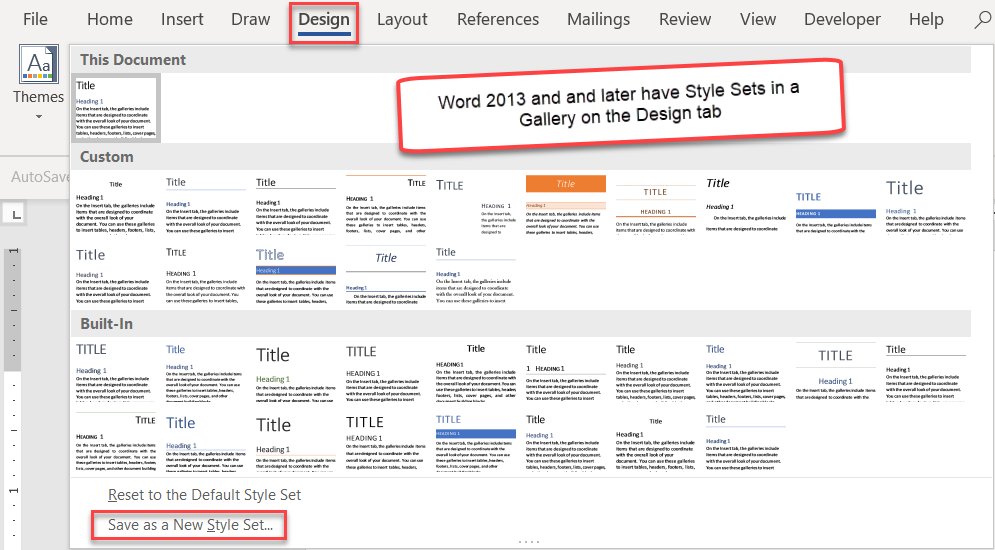

Once you have opened the document, you will find a group of styles towards the right of the ribbon in the main ‘Home’ tab. You must first open up a Microsoft Word document to which you want to apply the style. In order to apply a style, you must have a document which you can work with. Styles can be applied in two different ways to your document.
#How do i change heading styles in word how to
In this tutorial you will specifically learn the way How to use styles in Microsoft Word 2010. This office 2010 tutorial is about styling a document. MS word 2010 has instant applying toolset to apply styles to the entire document or a specific part of it. Word 2010 offers a great library of tools for styling a document. Any subheads based off of this header should now also be showing up in the correct nesting configuration.Presentation plays an important role in capturing the interest of a user / reader in a document or report. You should now see the headers of this style in the selection pane. If the selection box says "Body Text," then nothing will appear in the Navigation Pane.) (Or whichever level you want this header to be. In the "Outline level" selection list, make sure that "Level 1" is selected.

Click on the "Format" button in the lower left corner.ĥ. Then select "Modify." This opens a "Modify Style" menu box.ģ. Find the heading style that you are using for your headers and right click on it to open up the options menu. Open up the "Styles" menu so that it on the right side of your window.Ģ. "In Word 2010 (applies to later versions as well):ġ. I believe that the best method without requiring to link to a preset heading style (affecting the user's style formatting and style numbering) is the method well described in 2013 by StarKeeper in : In addition, you can modify any existing custom styles by adapting these same steps to the Modify Style dialog box instead of the Create New Style from Formatting dialog box. They will then look as you expect in the Navigation pane. You just need to make sure your headings have an outline level suitable for their position in your outline hierarchy. The default level (Body Style) is used for regular text. The key is step 7, where you specify an outline level for the paragraph. In these steps, step 4 is not strictly necessary, but taking that step will ensure that nobody will mess up your custom style by changing any style on which that custom style is based. Click OK to close the Create New Style from Formatting dialog box.Click OK to close the Paragraph dialog box.(Choose 1 for level 1, 2 for level 2, etc.) Use the Outline Level drop-down list to choose the heading level you want this style to represent.Click the Format button (bottom-left of the dialog box) and choose Paragraph from the resulting drop-down list.Make sure the Style Based On drop-down list is set to (no style).

Word displays the Create New Style from Formatting dialog box. Click the left-most of these the New Style tool.

This involves basing your custom heading styles on the existing heading styles. Let's look at the latter way (the easy way) first. There are two ways you can go about this-the best way and the easy way. (These are not the built-in heading styles provided by Word.) She wonders how to get Word to recognize these as heading styles and display them in the Navigation pane. Gina created three new styles that she uses for headings in her documents.


 0 kommentar(er)
0 kommentar(er)
